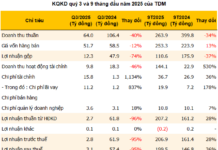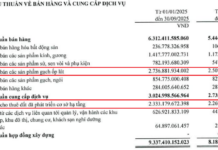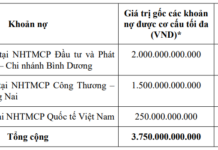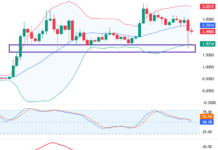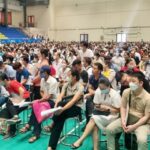Real Estate Transactions Primarily Driven by Second-Home Buyers and Beyond
According to a report by the Vietnam Real Estate Market Assessment and Research Institute (VARS IRE), the real estate market recorded approximately 34,686 new products in Q3, a slight 5% decrease compared to the previous quarter.
The housing supply continues to improve, diversifying across regions and expanding from urban cores to satellite areas and secondary cities with abundant land and reasonable costs. The Northern region contributed 49% of the new housing supply in Q3, a 4% drop from the previous quarter, yet it remains the national leader. The Southern region contributed 27%, maintaining a positive growth trend.
Despite a significant increase in newly launched projects, the overall supply has not improved substantially due to smaller project scales. However, the proportion is expected to rise sharply in the next quarter as projects meet sales eligibility criteria.
The Deputy Director of VARS IRE noted that the supply-demand imbalance persists, particularly in major cities like Hanoi and Ho Chi Minh City, where housing demand is high. Most newly launched projects have prices exceeding 100 million VND/m², as supply remains constrained and input costs rise. Transactions are primarily driven by second-home buyers and beyond, fueled by expectations of further price increases or asset retention.
In Hanoi, the average primary apartment price reached 95 million VND/m², with over 43% of new supply priced above 120 million VND/m². In Ho Chi Minh City, the average primary price was 91 million VND/m².
“Housing prices are a critical issue receiving special attention from the government and relevant agencies. Numerous solutions have been studied and proposed to control and curb real estate prices. If this issue is not resolved promptly, it will impact the market’s stable and sustainable development,” warned Mrs. Miền.
How to Solve the Housing Price Puzzle?
Mr. Vương Duy Dũng, Deputy Director of the Housing and Real Estate Market Management Department (Ministry of Construction), stated that the real estate market is recovering with positive signals since the beginning of the year. Specifically, the number of approved, commenced, and implemented projects has increased, reflecting the government’s efforts to reform administrative procedures and resolve bottlenecks.
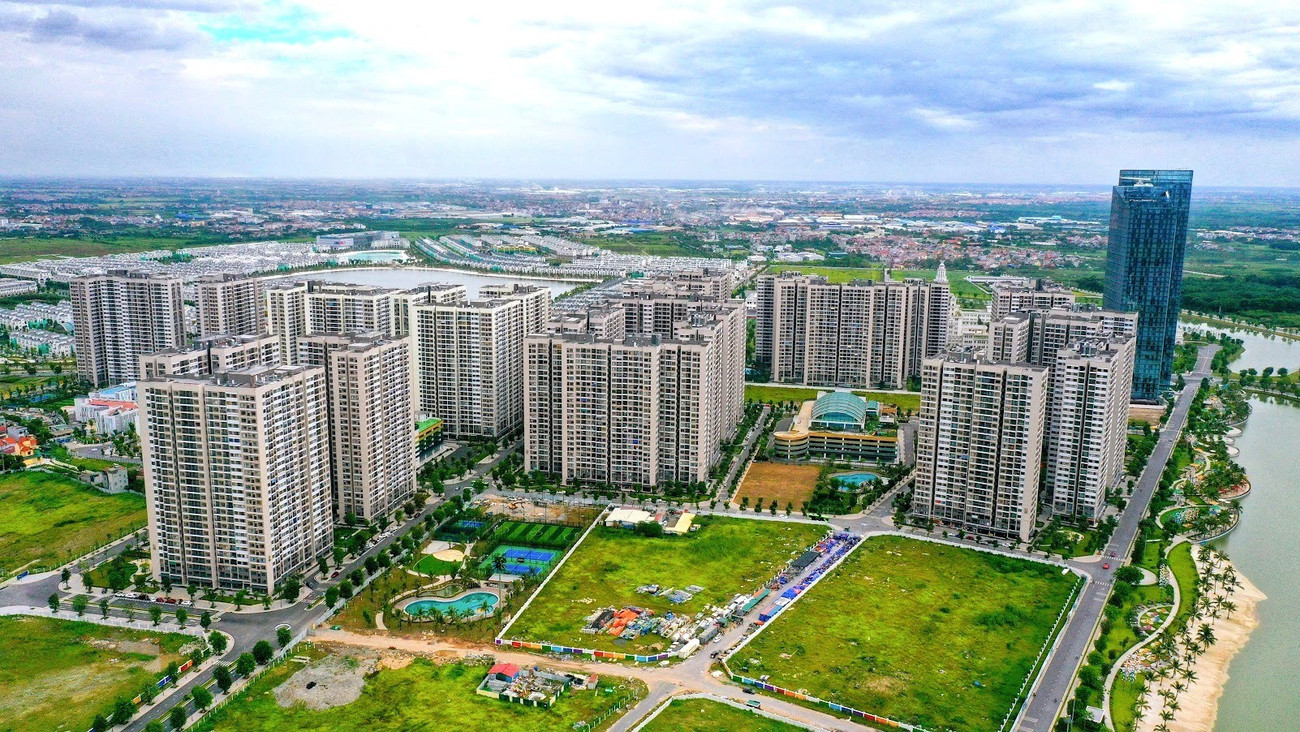
Many previously “frozen” projects have been addressed by the Government’s Steering Committee, unlocking supply. Investor and public confidence has improved, reflected in increased transaction volumes and liquidity. Credit, bond, and FDI flows into real estate also show stable and positive trends.
Mr. Dũng highlighted that the government and the Prime Minister are particularly focused on two major issues: soaring housing prices and the supply-demand mismatch. These were central topics at recent meetings of the Central Housing and Real Estate Market Policy Steering Committee.
According to Mr. Dũng, real estate prices depend on factors such as land use costs, construction costs, infrastructure investment, loan interest, sales expenses, and other management costs. Among these, capital costs have the most significant impact. Longer project durations increase capital costs, driving prices higher.
He emphasized that the primary solution is reducing input costs. This requires further streamlining and simplifying administrative procedures in investment and construction, shortening project timelines, and lowering capital and compliance costs for businesses. Only when costs decrease can real estate prices genuinely cool down.
Additionally, Mr. Dũng stressed the need to rebalance supply and demand by focusing on developing affordable housing segments, particularly social housing, to meet genuine public needs. “As supply increases, especially for reasonably priced and social housing projects, the market will gradually stabilize,” he stated.
He added that this approach is not only a short-term measure to reduce housing prices but also a fundamental solution to restructure Vietnam’s real estate market toward health, transparency, and sustainability.
Hot Real Estate Market Fueled by Proposed New Policies
Amid soaring housing prices and speculative trading disrupting the market, numerous policies have been proposed to lower home prices and stabilize the real estate landscape.
Prime Minister: Social Housing Should Not Be in Remote or Inconvenient Locations, Nor Limited to High-Rise Buildings
Prime Minister Pham Minh Chinh emphasized that social housing should not be limited to high-rise buildings but can also include low-rise structures. He stressed that these housing projects must not be located in remote, inaccessible areas or on marginal land, but rather in well-developed locations with adequate infrastructure.











